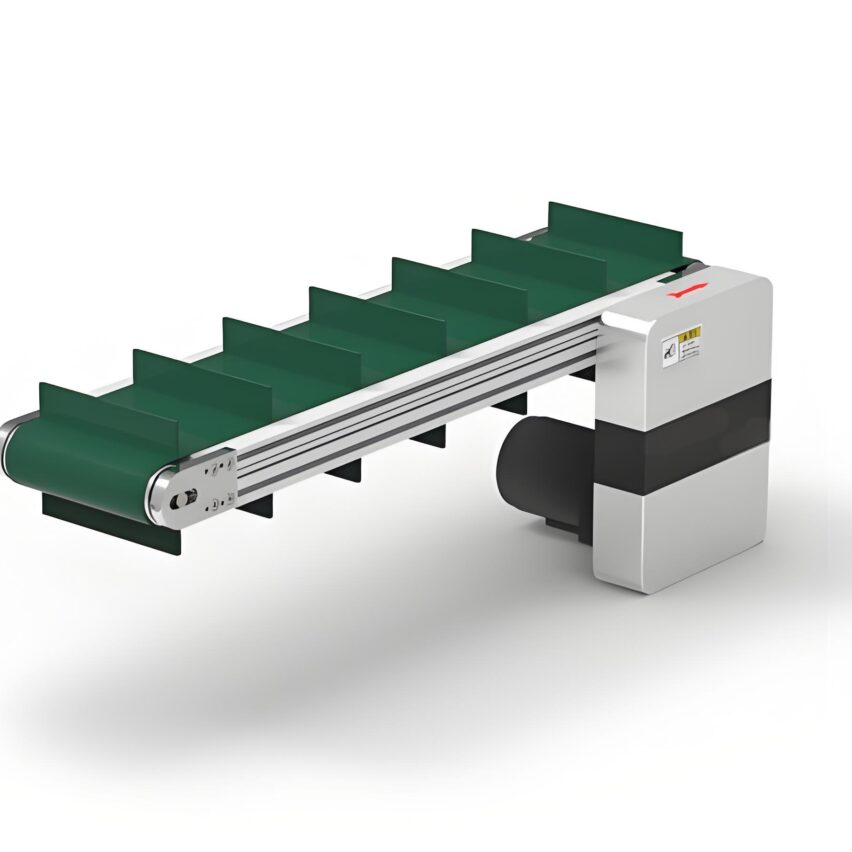Fundamental issues: the core components and necessity of intelligent assembly lines
What are the core elements of an intelligent assembly line?
The intelligent assembly line is based on the three pillars of robot integration, Internet of Things (IoT) platform, and big data analysis. Robots are responsible for high-precision assembly and handling; IoT sensors collect real-time data on equipment operation and quality inspection; and big data systems optimise production scheduling and fault prediction. For example, Fanuc robots ensure welding precision and avoid production stoppage caused by equipment collision through TCP automatic zero calibration technology.
Why the auto parts industry must move to intelligence
Traditional assembly lines face three major bottlenecks: low efficiency due to manual dependence (average assembly speed is only 30% for robots), insufficient production capacity for mixed lines of multiple models, and high quality fluctuation rate (leakage and misassembly rate of 5%-8%). The intelligent solution can increase the production efficiency by 50%, reduce the defective rate by 60%, and at the same time support the flexible production of orders as small as 10 pieces.
Scenario question: how can key technologies be applied on the ground
How can robot integration solve complex assembly tasks?
- High precision positioning3D vision system (e.g. Mecamand solution) captures the body hole offset in real time and guides the robot to complete the chassis bolt tightening and windshield installation with ±0.1mm error.
- multicomputer collaborationThe Fanuc R-30iA controller coordinates the synchronisation of multiple robots, such as welding and handling robots, to reduce the chassis welding beat by 40%.
- Adaptive assemblyThe flexible production line of Liding Intelligence dynamically adjusts the parameters through algorithms, switching engine models within 5 minutes to meet the demand for "small batch, multi-species".
How can flexible production realise "one line for a hundred models"?
- Modular designThe use of reconfigurable fixtures and quick mould change technology, such as the Red Flag welding workshop 14 lines to support the mixed production of 5 models, welding automation rate of 100%.
- Data-driven scheduling: Trinity's intelligent system disassembles personalised orders into standard chemical orders and commands 30 robots to automatically assign tasks, with an accuracy rate of over 99% for the sorting of 1,000 types of materials.
- Cloud Edge Collaborative Computing: Edge nodes process real-time assembly data, and the cloud optimises global scheduling (e.g. Rhino Wise model) to bring changeover times down from hourly to minute-by-minute.
Solution: Risks and Strategies for Non-Upgraded Companies
What happens if you refuse to transform intelligently?
- Cost disadvantage exacerbated: The labour cost share rose to 351 TP3T (only 101 TP3T for intelligent lines) and the efficiency gap continued to widen.
- Loss of orders: Unable to undertake small-volume customised orders (accounting for 60% of new energy vehicle demand), market share squeezed by flexible production line companies.
- Rising quality risks: Manual assembly errors lead to higher recall rates (e.g., leaky seals lead to water leakage complaints) and brand reputation damage.
How can the upgrade be implemented in phases at low cost?
- Adaptation rather than replacement: Older equipment retrofitted with sensors (e.g., vibration monitoring) and control systems costs 50% less than new purchases.
- Priority for localised pilots: Start from welding, tightening and other easy to standardise links (refer to the case of Fanuc welding line), single point efficiency improvement verification before promotion.
- Domestic Substitution for Cost Reduction: The payback period is reduced to 2 years with the selection of domestic robots (e.g. Exton) and vision systems (e.g. Mecamand).
Future competitiveness: technology convergence and ecological synergy
What are the core trends in the next generation of smart assembly lines?
- AI Deep Embedding: Reinforcement learning to optimise robot assembly paths to make self-learning adjustments 20% more efficient (e.g. KUKA adaptive control).
- Green Flexible Manufacturing: Modular design + recycled material application, e.g. Sany Heavy Industries factory reduces energy consumption by 30% through intelligent scheduling.
- Open Ecological Synergy: Build supplier data sharing platforms (e.g., blockchain to trace the origin of parts) to realise a reduction in the risk of supply chain disruptions.401 TP3T.
Intelligent assembly line is the core carrier for auto parts industry to shift from "scale-oriented" to "value-oriented". Enterprises need to take the robot as the execution terminal, data as the decision-making hub, flexibility as the core of competitiveness, in order to reconstruct the moat in the wave of customisation.













